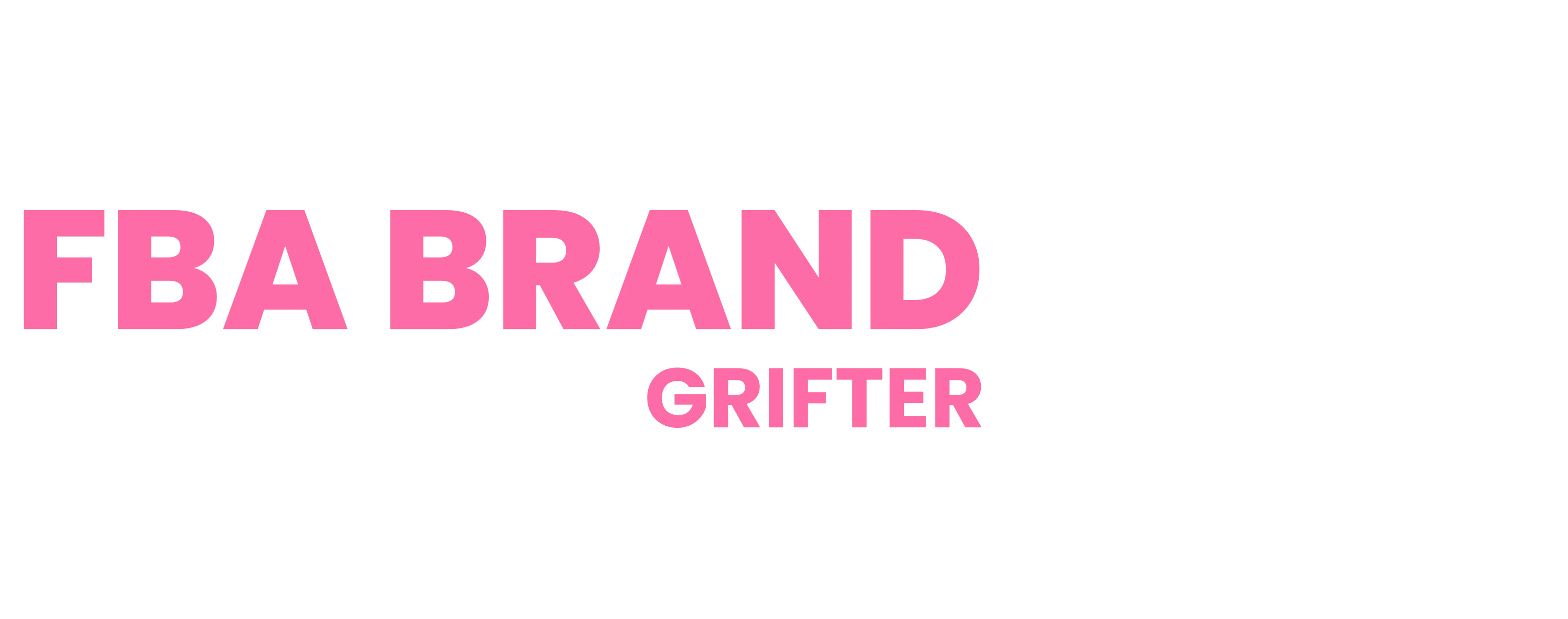When clients first encounter The FBA Brand Builder program, the message is loud and clear: success is not only possible but almost guaranteed if you’re willing to invest and “believe.” Yet, the path to this supposed success is layered with financial, legal, and practical commitments that many clients report only discovering after they’ve made a substantial payment. What’s more concerning is that the core contract clients sign and the initial pitch rarely, if ever, clarify the real risks and costs involved.
Let’s dive into the disclaimers that exist on the program’s website, where clients may never see them until later, and examine why transparency should be a priority from the outset.
The Disclaimers Buried on the Website
While the The FBA Brand Builder website footer does contain a disclaimer about potential risks and the lack of guaranteed success, it’s often overlooked by clients in favor of the high-energy pitch videos and promises of life-changing revenue. Here’s an excerpt from that disclaimer:
The language here acknowledges that clients’ results will vary significantly, and it also specifies that "investment risk" is a core part of the business. However, this disclaimer doesn’t appear prominently in the initial sign-up process or introductory materials—it’s relegated to the footer, well after the client has been enticed by visions of financial freedom.
The sales language in the footer claims that some people will achieve breakthrough success by merely “implementing” the information shared. Yet, there’s no breakdown of the high barriers to achieving this “breakthrough” or details on how much “investment risk” truly means.
The Initial Contract and Missing Transparency
From what clients have shared, the initial contract they sign focuses primarily on their financial commitments to The FBA Brand Builder, including confidentiality and non-disparagement clauses. But here’s what’s notably absent:
- Risks of Failure: Unlike the website’s disclaimer, the contract reportedly does not highlight that the program’s success rates are highly variable or disclose that significant financial risks are involved. For anyone new to Amazon FBA, this kind of financial and operational risk can lead to substantial loss if the market doesn’t work in their favor.
- Full Disclosure of Additional Costs: Clients have reported that they were told the initial cost would cover everything they needed to start, only to learn later that various “add-ons” were critical to moving forward. From software and packaging services to product listing services, these additional costs can quickly add up. Without an initial breakdown, clients are not fully informed of what the real price tag for the program might be.
A Lack of Upfront Transparency on Success Rates
Marketing for The FBA Brand Builder heavily focuses on success stories, some of which clients have found questionable due to repeated use of revenue snapshots and templated language. While success stories are a legitimate marketing tool, the absence of clear success rates or examples of unsuccessful ventures gives a one-sided view of what the program realistically offers.
Other reputable training and certification providers—such as the Digital Marketing Institute—provide clear curriculum breakdowns, costs, and testimonials, including details on success rates. By contrast, The FBA Brand Builder uses the prospect of success to draw clients in but withholds critical information on actual performance statistics. In an industry where the chances of failure are as high as 50-70% depending on the niche, this lack of information on failure rates is notable and concerning.
The Role of the NDA in Limiting Critical Feedback
One of the most restrictive elements in the program’s contract is the non-disparagement clause. This clause discourages clients from speaking openly about their negative experiences, effectively limiting the amount of balanced, firsthand information prospective clients can find. While the NDA doesn’t restrict clients from discussing positive experiences, the contract appears to be designed to shield the program from open criticism.
We’ve received multiple reports of clients who felt misled, describing experiences where they could not raise legitimate concerns due to fear of violating their NDA. This kind of practice, especially when combined with selective sharing of success stories, paints an incomplete picture of what clients can realistically expect from the program.
Where Do We Go from Here? A Call for Full Transparency
If The FBA Brand Builder program truly offers transformational experiences, full transparency around costs, risks, and success rates should be provided before any financial commitment is made. Here’s what prospective clients should be able to access before enrolling:
- Clear Success Rates and Performance Statistics: Testimonials should go beyond revenue snapshots. The FBA Brand Builder should be open about the percentage of clients who achieve financial success and provide average earnings, failure rates, and product life cycles.
- Detailed Cost Breakdown: At minimum, a full breakdown of the program’s costs—including all additional services and software requirements—should be given upfront. Clients shouldn’t be surprised by the extra thousands required to finish what they were told they’d be able to accomplish with a £6,500 initial investment.
- Open Access to Training Materials Pre-Payment: A reputable training program often offers a preview of its curriculum. While not every training resource needs to be available before payment, some course materials should be shared to demonstrate quality and build client trust.
- Transparent Terms in the Contract: If failure is a realistic outcome, that fact should be stated explicitly in the contract rather than buried in website footnotes. Contracts should highlight the reality of high failure rates and the investment risk involved in Amazon FBA ventures.
Is This About Transparency or Marketing?
While the website’s small print may technically cover The FBA Brand Builder’s legal requirements, the lack of upfront transparency does a disservice to clients, many of whom are putting themselves in financial jeopardy to participate in the program. As we’ve noted in our initial article on hidden disclaimers and competition rules, transparency isn’t just about compliance—it’s about respect for clients.
The recent piece published in the Belfast Telegraph underscored similar concerns about the lack of transparency and the use of persuasive marketing tactics to convince clients to take on high financial risks. As stories from clients continue to emerge, it’s crucial that prospective clients take the time to research every aspect of the program, request documentation, and ask detailed questions to avoid costly surprises.
For clients who feel misled, we encourage you to share your experiences with us. The FBA Brand Builder’s lack of transparency is an ongoing concern that we’ll continue to monitor as we seek to provide a balanced view for those considering this Amazon FBA training program.
If you’re considering joining the FBA Brand Builder, remember to stay informed, ask the right questions, and understand what you’re truly signing up for—because in an industry that’s become increasingly competitive, there’s no guarantee that what’s being sold will match the reality.
Note: If you’ve taken part in The FBA Brand Builder program and would like to share your experience, we’d love to hear from you. Every story helps build a fuller picture of what this program offers, and your insights could make a real difference for others considering the same path. We’ll keep all communications anonymous and secure. Please reach out to us at [email protected].

